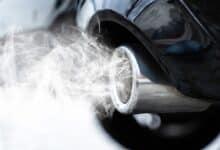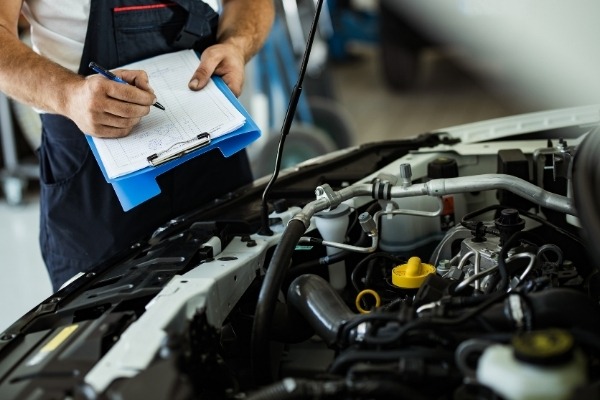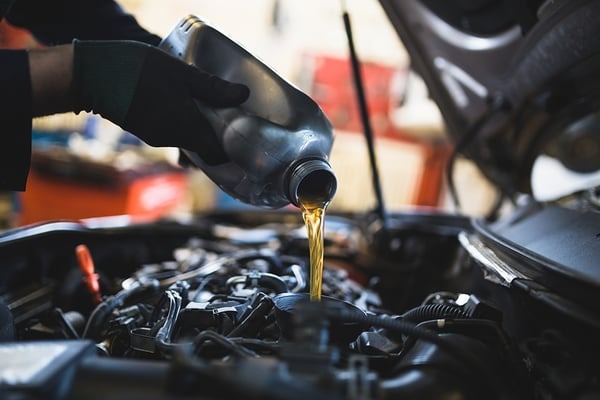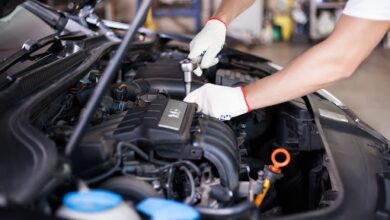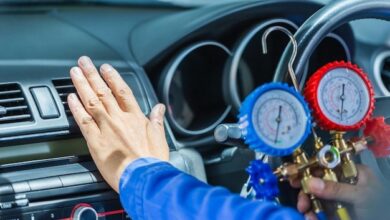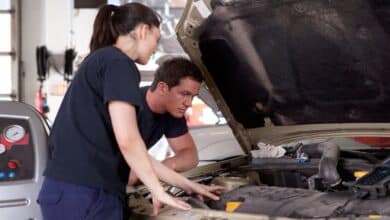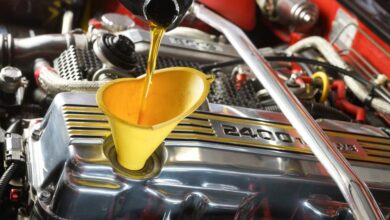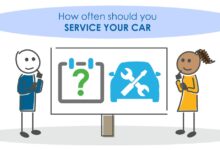How Often Should You Regularly Maintain Your Car?

For many individuals, maintaining and regularly servicing their vehicles is an integral part of daily life. However, determining the precise frequency for maintenance tasks can sometimes pose a challenge. This guide aims to provide an overview of the maintenance required to keep your car in optimal condition, offering insights into the recommended intervals for various essential tasks. Whether you’re a seasoned car enthusiast or a novice in the world of automotive care, this guide is designed to provide valuable information on keeping your vehicle running smoothly.

Contents
Understanding the Basics of Car Maintenance
Before we dive into the recommended maintenance schedule, let’s briefly understand the basics of car maintenance. Regular car maintenance typically involves three main areas:
Fluids
Checking and changing essential fluids such as engine oil, coolant, transmission fluid, brake fluid, and power steering fluid is crucial for optimal performance and preventing damage to vital components.
Filters
Regularly replacing air filters, oil filters, and fuel filters helps maintain clean air intake, lubrication, and fuel delivery, ensuring efficient engine performance.
Wear and Tear
Regular inspection and replacement of worn-out parts such as brake pads, tires, belts, and hoses are essential for safety and preventing major issues down the line.
See more: How to Check and Replace Car Glass Cleaner
Manufacturer’s Recommendations
The first step in determining the ideal car maintenance schedule is to consult your vehicle’s owner’s manual. Manufacturers provide specific guidelines on when to perform various maintenance tasks based on their engineering and testing. These recommendations are tailored to your car’s make, model, and year.
It is important to note that manufacturer recommendations may vary slightly depending on factors such as driving conditions (e.g., extreme temperatures, dusty environments) and usage (e.g., towing, frequent stop-and-go driving). Therefore, it is crucial to consider these factors while creating your maintenance schedule.
General Maintenance Schedule
If you don’t have access to your vehicle’s owner’s manual or prefer a more general approach, the following maintenance schedule can serve as a starting point:
Monthly Maintenance Tasks
Perform the following tasks at least once a month:
- Check tire pressure and tread depth.
- Inspect all exterior lights (headlights, taillights, turn signals).
- Test windshield wipers and replace worn blades.
- Check engine oil level and condition.
- Inspect coolant level and condition.
- Check battery terminals for corrosion.
Every 3 Months or 3,000 Miles
Perform the following tasks every three months or 3,000 miles (whichever comes first):
- Change engine oil and filter.
- Inspect and replace air filter if necessary.
- Check and top up other essential fluids (coolant, transmission fluid, brake fluid, power steering fluid).
- Inspect belts for wear and proper tension.
- Inspect hoses for leaks or cracks.
- Check battery condition and clean terminals if necessary.
- Inspect brake pads for wear.
Every 6 Months or 6,000 Miles
Perform the following tasks every six months or 6,000 miles:
- Rotate tires to ensure even wear.
- Inspect suspension and steering components for wear or damage.
- Check exhaust system for leaks or damage.
- Inspect all lights (including interior lights) for proper functioning.
- Check windshield wipers for wear and replace if necessary.
Annually Maintenance Tasks
Perform the following tasks at least once a year:
- Replace spark plugs (if applicable).
- Inspect and replace fuel filter if necessary.
- Have the battery tested.
- Inspect the braking system (including brake lines).
- Perform a thorough inspection of the suspension system.
Special Considerations for Older Cars
If you own an older car or classic vehicle, additional maintenance may be required due to wear and aging components. Older cars may require more frequent checks on areas such as the cooling system, electrical system, and drivetrain. Consulting with a trusted mechanic or car specialist familiar with your specific vehicle can help you create a tailored maintenance schedule.
Warning Signs You Shouldn’t Ignore: Maintaining Your Steering System
Signs That Indicate the Need for Immediate Maintenance
While following a regular maintenance schedule is important, it is equally crucial to be aware of signs that indicate the need for immediate attention. Some common signs include:
- Dashboard warning lights illuminated.
- Strange noises (grinding, squealing, knocking).
- Vibrations or pulling while braking.
- Excessive exhaust smoke.
- Fluid leaks on the ground.
- Drastic changes in fuel efficiency.
If you notice any of these signs or experience any other unusual symptoms while driving your car, it is advisable to have it inspected by a professional mechanic as soon as possible.
Establishing a Routine for Regular Car Maintenance
Regular car maintenance is key to keeping your vehicle in optimal condition and ensuring your safety on the road. While manufacturer recommendations provide valuable guidance, it is essential to adapt the schedule based on your specific driving habits and environmental conditions. By following a regular maintenance routine and staying proactive in addressing any issues promptly, you can enjoy a reliable and efficient car for years to come.
See more news at: car care vip






